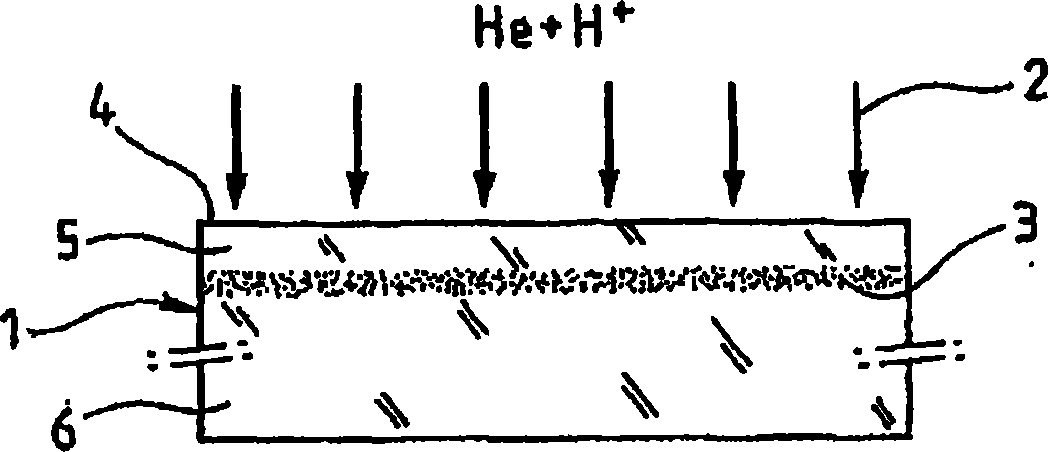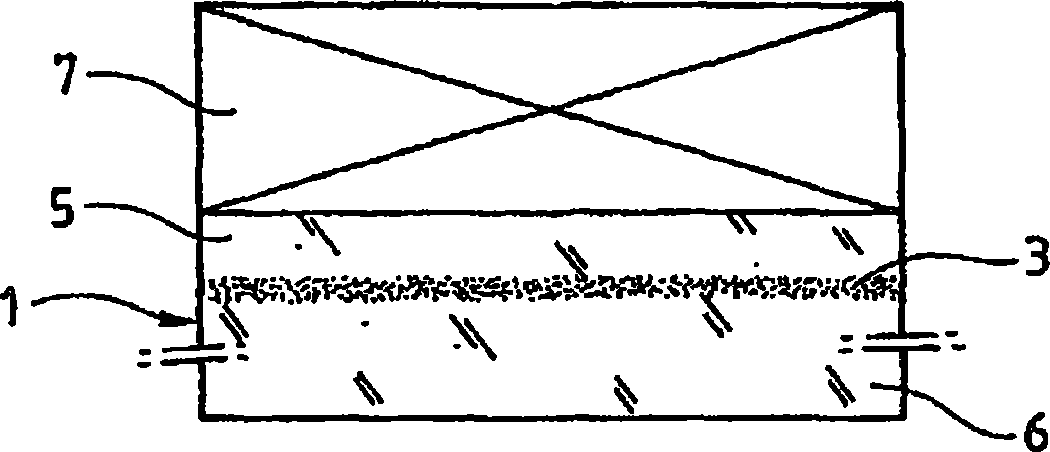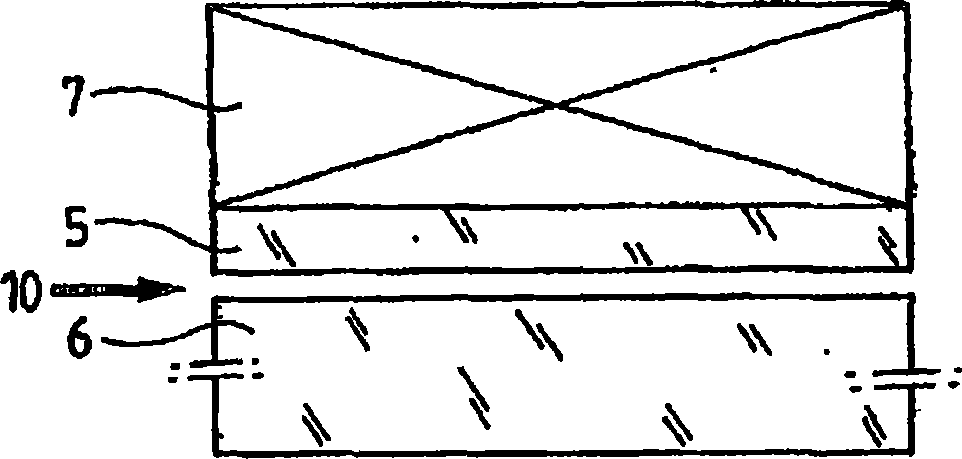Method for the catastrophic transfer of a thin layer after co-implantation
A transfer method and thin-layer technology, applied in electrical components, microstructure technology, semiconductor/solid-state device manufacturing, etc., can solve problems such as no derivation, and achieve the effect of avoiding ring defects, improving topology, and avoiding damage
- Summary
- Abstract
- Description
- Claims
- Application Information
AI Technical Summary
Problems solved by technology
Method used
Image
Examples
example
[0100] Joint injection
[0101] According to a first embodiment of the present invention, one contains a thermal SiO on the surface (for example, 145nm) 2 The layer of Si substrate (-700μm) can be at 70KeV-10 16 He / cm 2 Helium atoms were injected under the injection conditions of 30KeV-4.25×10 16 H / cm 2 Hydrogen atoms are injected under the same injection conditions. This achieves that the deepest contour line is injected first. The source substrate can then be bonded to a target Si substrate (-700 μm) by molecular bonding. Then, this structure is subjected to heat treatment at about 350°C for a certain period of time (for example, 2 hours). If the heat treatment is adjusted, as disclosed in, for example, European Patent Application 02-293049, the window for obtaining the self-sustained fracture phenomenon is about several hours (ie, the brittle annealing between 2 and 6 hours). Then, as soon as a blade is inserted between the bonding interfaces in the form of impact, the self-sus...
PUM
 Login to View More
Login to View More Abstract
Description
Claims
Application Information
 Login to View More
Login to View More - R&D
- Intellectual Property
- Life Sciences
- Materials
- Tech Scout
- Unparalleled Data Quality
- Higher Quality Content
- 60% Fewer Hallucinations
Browse by: Latest US Patents, China's latest patents, Technical Efficacy Thesaurus, Application Domain, Technology Topic, Popular Technical Reports.
© 2025 PatSnap. All rights reserved.Legal|Privacy policy|Modern Slavery Act Transparency Statement|Sitemap|About US| Contact US: help@patsnap.com



